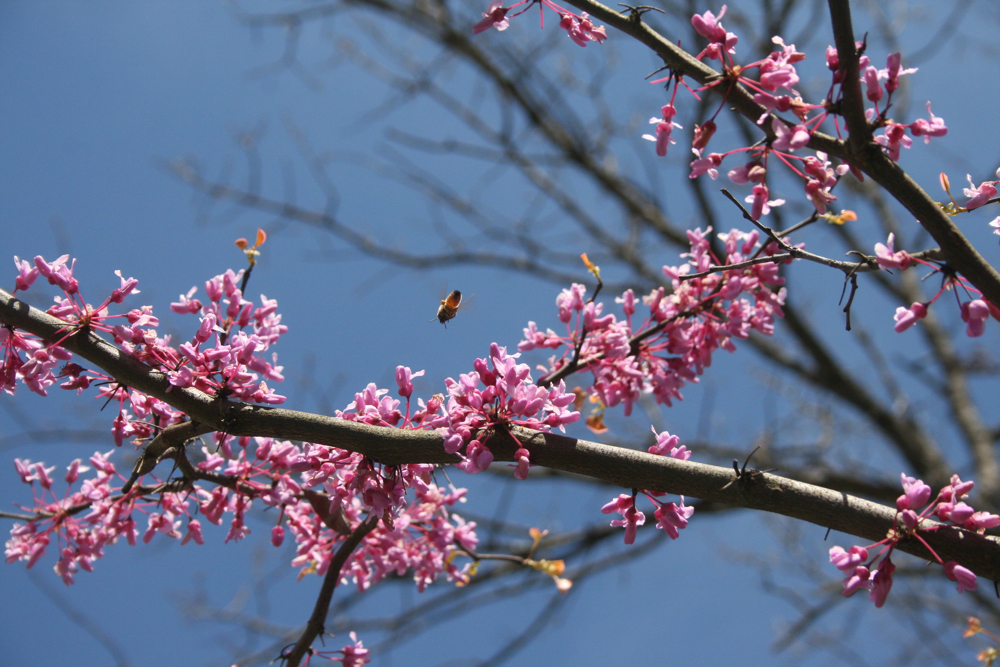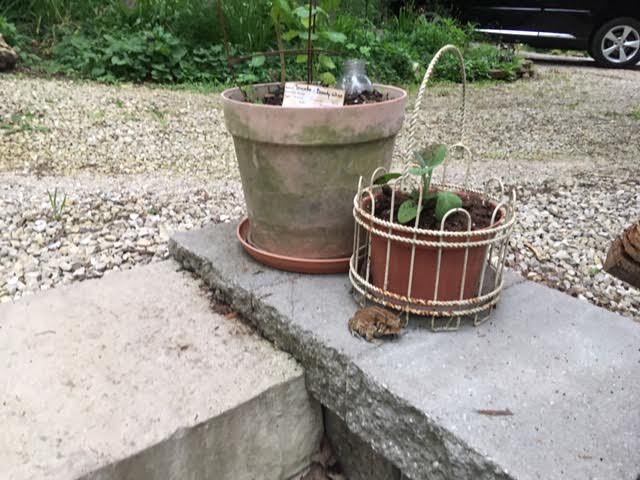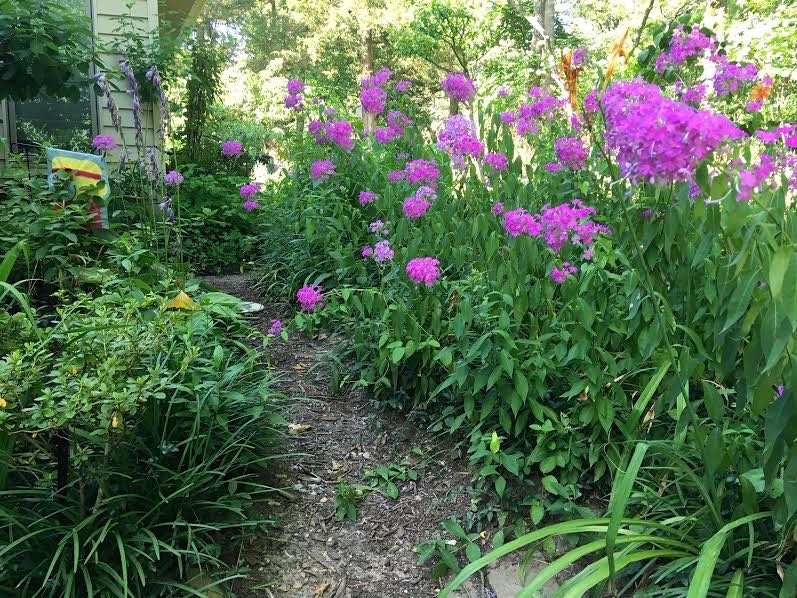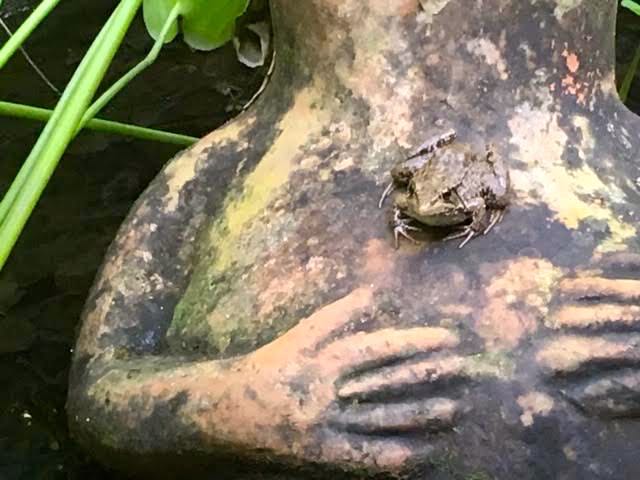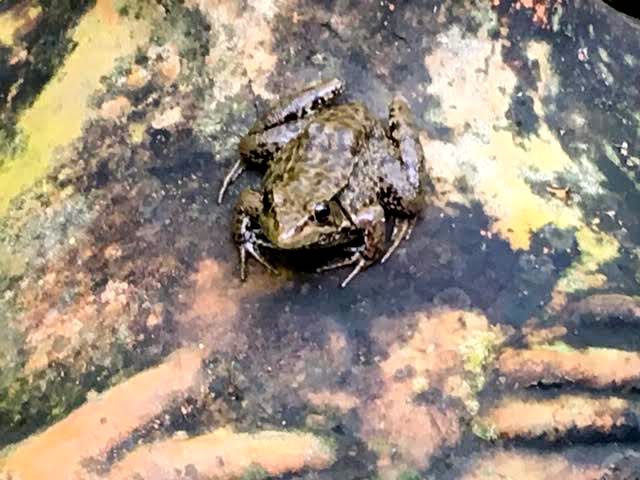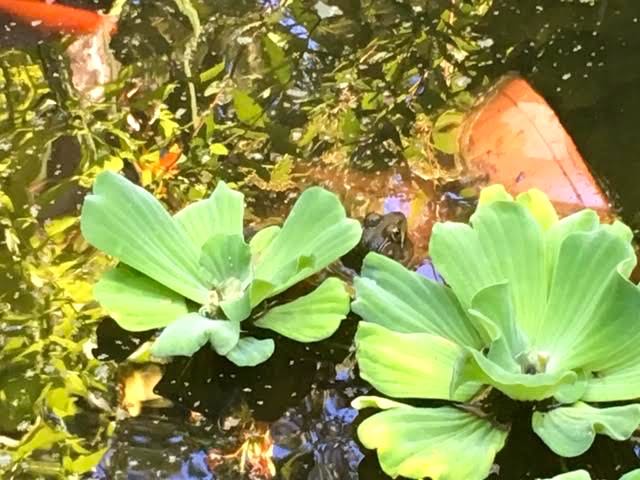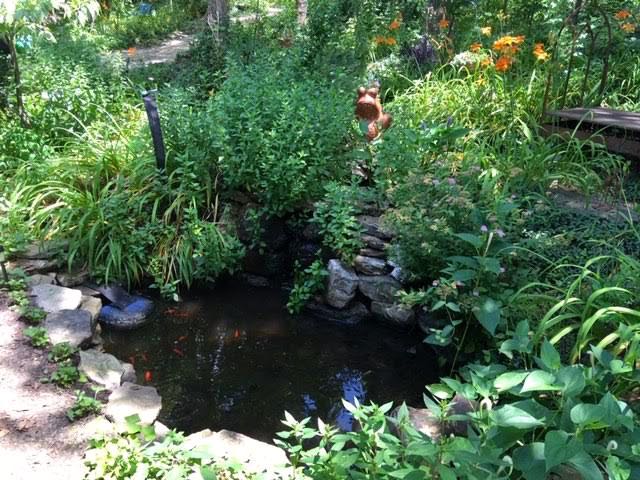August Gardening Chores
With unexpectedly cool days heading into August this year, I hope to get more done than I usually do but I still won’t do much planting. The soil in USDA zone 5b/6a tends to be on the dry side this time of year so unless it is some form of emergency I will pot plants and keep them hydrated until fall. Other gardening chores for August include:
1. Water plants at root level, which means no sprinklers. Use underground wands and move the wands to saturate soil. Gardens need an inch of rain a week. Don’t forget established shrubs and older trees, they also need moisture delivered to their roots to make sure they make it through the record hot August temperatures.
2. Water potted plants daily; if temperatures are once again hitting record levels, maybe twice a day and move them into shade.
Add compost to keep the potted soil healthy.
Mulch flower beds, especially after a good rain.
3. If you didn’t get to planting your garden this year, at least toss a few buckwheat seeds to help improve your soil. Buckwheat will sprout in about 6 weeks and will be welcome fall food for pollinators as well.
4. If you haven’t been using your fresh herbs, this is a good time to start. Most may have flowered and lost some of their potency but they still can be added to salads and other summer dishes.
Rosemary and chamomile can be harvested and used in bloom. I chop up and freeze some of mine in ice cubes for winter use in soups.
5. My tomatoes set late this year but they are finally ripening. Try to keep them evenly watered to minimize cracking.
6. Have peonies you want to divide? Wait until after a good rain but you can start dividing them from now through September. Bury the root “eyes” no more than an inch or two beneath the soil; if you bury them deeper the plants won’t flower. If you have to move peonies without rain, use a hose to soak the soil around the plant before you try to dig it up.
7. You can also dig up daylilies and iris now to divide and re-plant. Again I would wait until after a good rain. If you still need to move them, at least water the area with a hose first so you don’t rip roots when you try to dig them up.
8. If you have Missouri’s native pink phlox growing in inconvenient places, wait after a rain and dig them up with soil around their shallow roots. Move to their new location and make sure their roots are hydrated for the rest of the month. They tend to settle in quickly.
9. Start saving seeds for next year. Marigolds, zinnias and sunflowers have a lot of seeds than can easily be stored.
10. I am also developing new flower beds for next year by removing starts, adding cardboard and mulching.
11. Hot temperatures can prompt trees to drop leaves early. Leave leaves on the ground to return nitrogen to the soil. If you are worried about them sitting on grass, set your mower to a higher setting and cut them up when you mow. Leaves are a wonderful source of soil amendments. They also work well as mulch, helping to retain water when leaves are underground or under mulch.
Charlotte

























